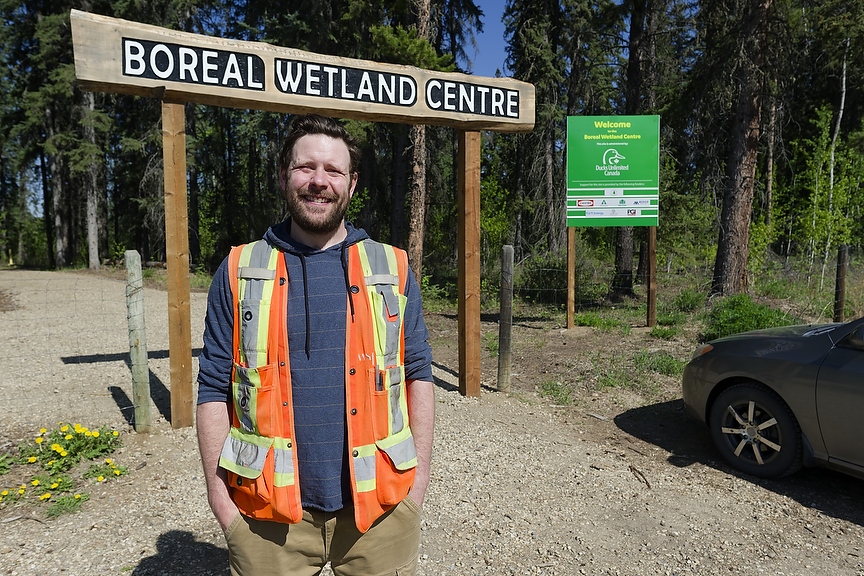
Community members of all ages are contributing to the science of preserving the region's wetlands, thanks to an innovative project at Evergreen Park.
The Boreal Wetland Centre offers citizens a chance to contribute their findings to research work around the globe.
The data collected by the community is being used by researchers across Alberta and in the United Kingdom to better understand wetlands.
“Researchers only have so much time capacity and labour to actually put towards these things, and having additional datasets are valuable to these folks,” said Rick Murray, Duck Unlimited conservation programs specialist.
The centre is a set of interpretive trails with various stations that allow visitors to take measurements, photos, and observations while working alongside scientists who are using the data for their own research purposes.
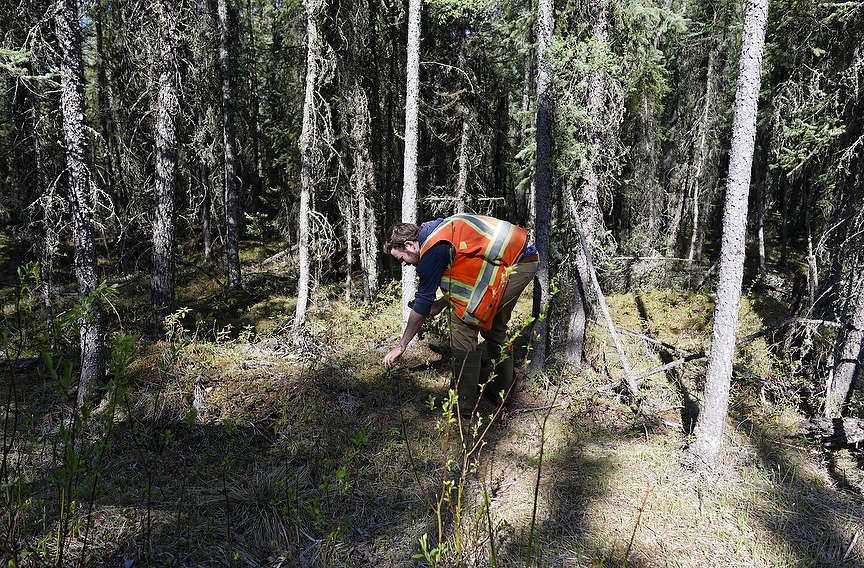
“We want to provide an opportunity for not just interpretive signage but opportunities for folks to engage directly with the data that's being collected,” said Murray.
He said that contributing to data collection helps demystify research, researchers, and the work they do.
Community members can collect the water levels around the site at its three water wells, something Murray says is easy for children to do.
He said the hydrology project data would be publicly available, but researchers such as Athabasca University’s Dr. Scott Ketcheson are also using it.
Another project the public can contribute to is wetland phenology, where stations are set up for cell phone photography of the wetlands.
The photos are then sent to Dr. Scott J. Davidson in the United Kingdom. The captures help researchers see when plants are greening up and how they change year over year.
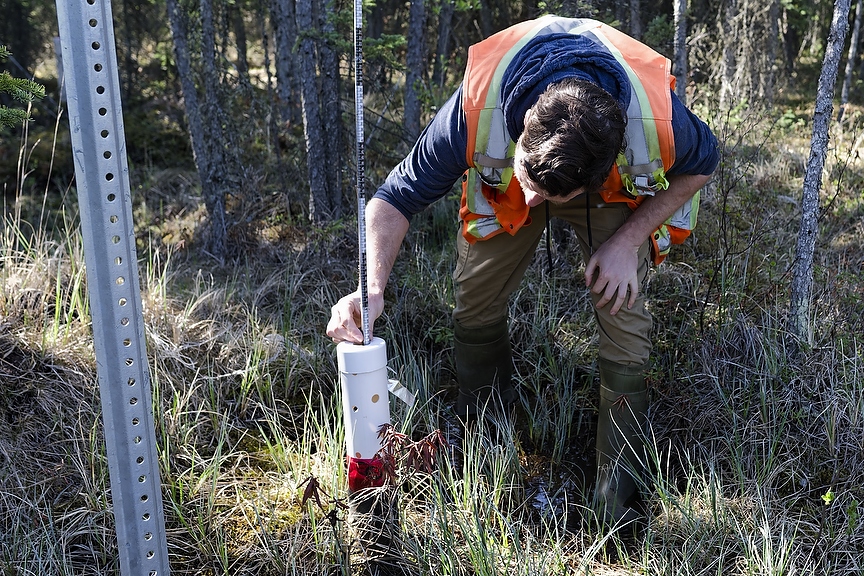
“Typically, wetlands were seen as negative environments in the way or unpleasant, that type of thing, but the more that we learn about them, the more that we understand that they have a host of several different ecosystem services that are provided that have been undervalued for years,” said Murray.
He said a better understanding of wetlands can help minimize disasters like floods, fires, and droughts.
He noted that wetlands are also found to be great filters for water sources. This has a direct impact on residents because if water isn’t filtered early on, it will cost more in filtration at the water treatment plant.
“There's a lot that we can learn through these research projects.
“Then we can relate these back to (the) working landscape,” said Murray. “Basically, how we affect these landscapes and how can we minimize or avoid these impacts from different industry development.”
Community members can also contribute using the iNaturalist app that collects data from around the world by collecting photos of plants, insects and wildlife.
“It will actually use its algorithm to try and identify it but I highly recommend that you also have your book out to double-check because the algorithm is only so accurate,” said Murray. Still, the app can work as a scavenger hunt, all while contributing to others' research.
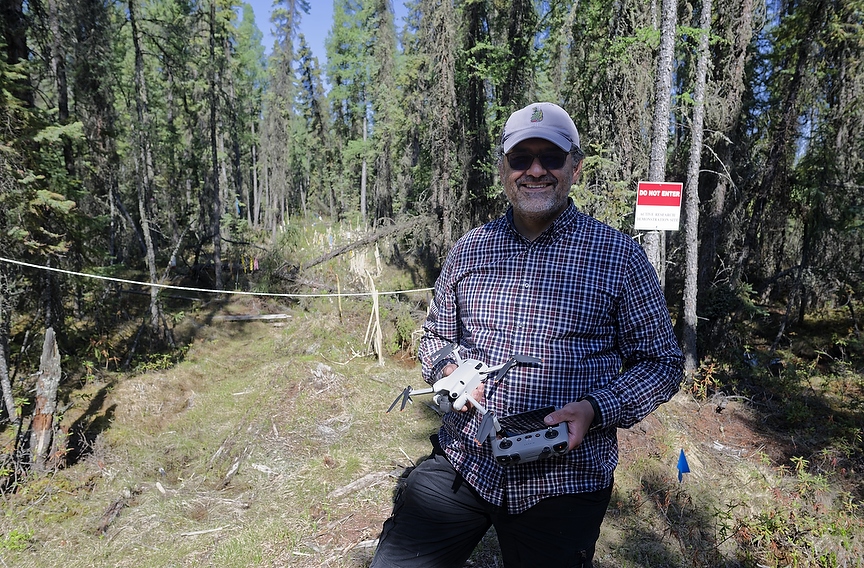
Natural Resources Canada is also performing research at the Boreal Wetland Centre.
Jaime Pinzon, a research scientist in restoration ecology and biodiversity, is studying the use of mounding in wetlands, traditionally used in logging reforestation projects.
He said the practice has been in the province for about 15 years but there is little scientific understanding of its overall effects.
At the Boreal Wetland Centre, Pinzon’s research looks into the effects of mounding on peatland beyond tree survival and looks at biodiversity as a whole.
He said that just because mounding works well for trees, it may not be good for other elements in areas.
“The species that you find in mounded areas are radically different from those that you find in the untreated sites, so there's still a lot of things that we don’t know,” he said.
The trails at the centre also include examples of oil and gas pipelines, what they look like, and the equipment used for their operations.
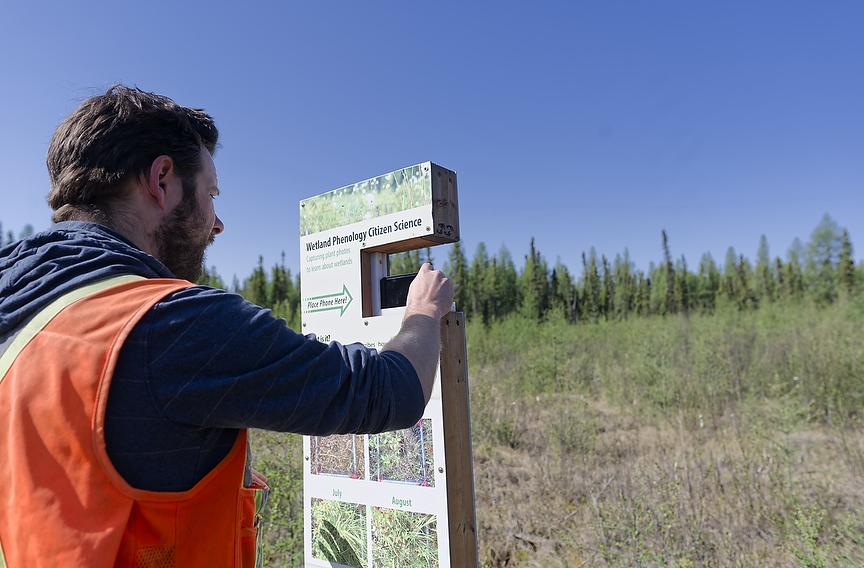
Murray says the site was initially developed to bring government and industry together to speak about “the next generation of best practices.”
“I liked the idea of getting people out of the boardroom, or off of the conference call, into the environment (and) go for a walk because I feel like people can have more solutions and more genuine conversations when they're out in nature actually on the ground,” said Murray.
In 2021, Ducks Unlimited became the site's administrator. They focused on K-12 education, which has since been successful, said Murray. Now, the focus is on more community-oriented events.
“I really do think a space like this is valuable to the community, and our goal is to essentially continue bringing awareness to the site for folks in Grande Prairie and beyond,” said Murray.